Safety is a major concern in just about every household across the country, but you might not know exactly what to keep on hand to prevent against illness and injury. From minor cuts to major bumps and bruises, these first aid kit essentials will keep you (and your family) safe against all kinds of ailments.
- Assorted bandages. Be sure to choose a box with a variety of shapes and sizes for all kinds of cuts.
- Gauze bandages. To wrap arms and legs in case of a larger cut or burn.
- Adhesive cloth tape. To securely fasten gauze bandages and wraps.
- Instant cold pack. For soothing bruises and reducing swelling.
- Aspirin. To reduce headaches and ease pain from minor injuries.
- Oral thermometer. All households should have an adult thermometer, but families should also keep a children’s model on hand.
- Non-latex gloves. For safely cleaning and dressing wounds.
- Antihistamine. Brands like Benadryl help to reduce allergic reactions, such as bee stings.
- Antibacterial creams. For disinfecting cuts, burns, and scrapes.
- Antiseptic wipe packets. To quickly clean cuts and burns as soon as they happen.
- Tweezers. To remove splinters and other small debris.
- Rubbing alcohol. To sterilize your tools.
- Sharp scissors. For cutting bandages, gauze, and other supplies.
First-Aid Kit Essentials [Parents]
First Aid Essentials [Healthy Essentials]
Anatomy of a First Aid Kit [American Red Cross]
First Aid Essentials [Real Simple]


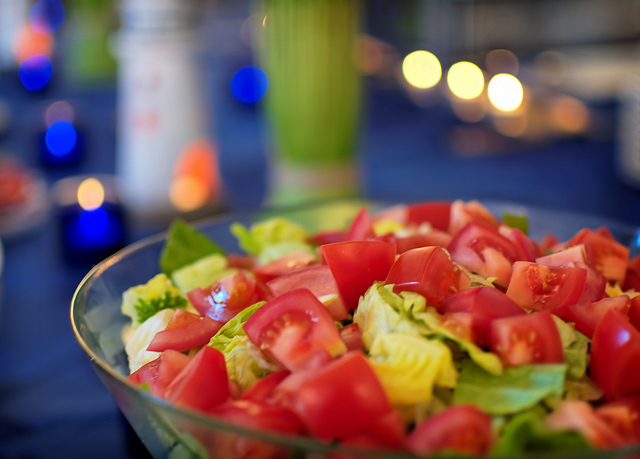

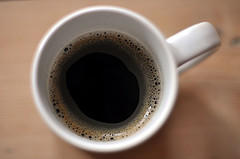

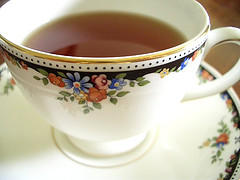
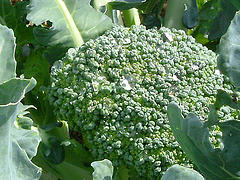
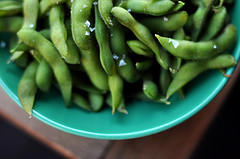









 Equal Housing Opportunity
Equal Housing Opportunity